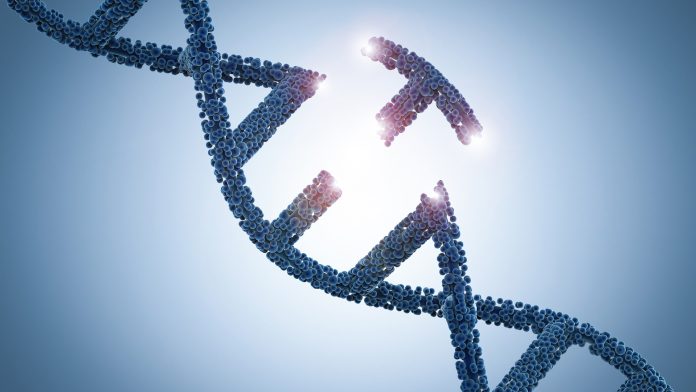Scientists have genetically reprogrammed bacteria, turning the organisms into cell factories for multifunctional magnetic nanoparticles.
Led by Professor Dr Dirk Schüler, a team of microbiologists at the University of Bayreuth, Germany, have developed a modular system for the genetic reprogramming of bacteria. This system is responsible for turning the organisms into cell factories for multifunctional magnetic nanoparticles.
Due to their magnetic properties and biocompatibility, these nanoparticles might open the door to the creation of new material in the biomedical and biotechnological field.
The team from the University of Bayreuth utilised the Magnetospirillum gryphiswaldense (MG) species of magnetic bacteria, which align their swimming behaviour along the earth’s magnetic field. The magnetic nanoparticles and magnetosomes within a cell are arranged in a chain-like manner, thereby forming an intracellular compass needle. Each magnetosome consists of a magnetic iron oxide core surrounded by a membrane.
Genetically reprogrammable
The microbiologists of this study have now succeeded in the coupling of biochemically active functional groups to these proteins.
Researchers fused the genes with foreign genes from other organisms that control the production of the respective functional proteins. As soon as the genes are re-integrated into the genome, the reprogrammed bacteria produce magnetosomes which display these foreign proteins on the particle surface.
Researchers coupled the membrane proteins to four different functional groups. These were the enzyme glucose oxidase from a mould fungus, a green fluorescent protein from a jellyfish and a dye-producing enzyme from the bacterium Escherichia coli. The fourth functional group is an antibody fragment from a lama that was used as a versatile connector. Thus, all these properties including the magnetisation of the magnetosomes, genetically encoded in the bacteria.
“Using this genetic strategy, we reprogrammed the bacteria to produce magnetosomes that glow green when irradiated with UV light and at the same time display novel biocatalytic functions. Various biochemical functions can be precisely installed on their surfaces.
“Thereby, magnetosomes from living bacteria are transformed into multifunctional nanoparticles with fascinating functions and properties. Moreover, the particles remain fully functional when they are isolated from the bacteria – which can be easily performed by taking advantage of their inherent magnetic properties,” says Schüler.







